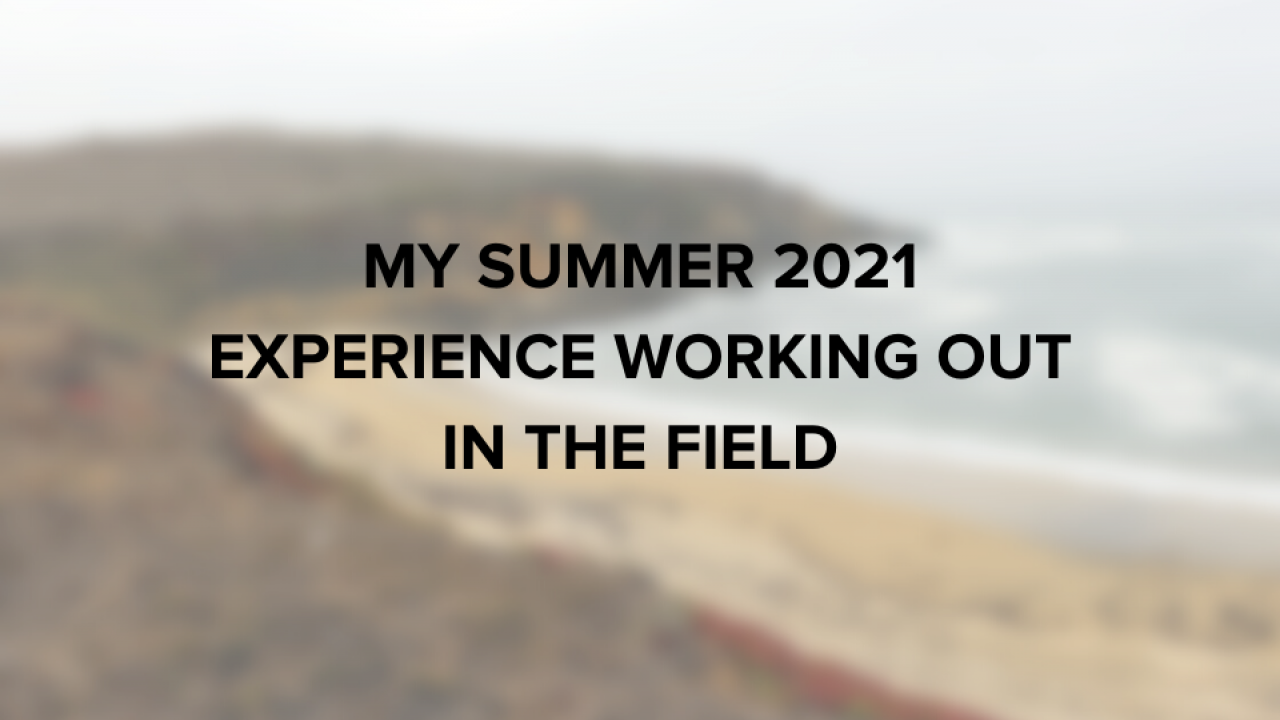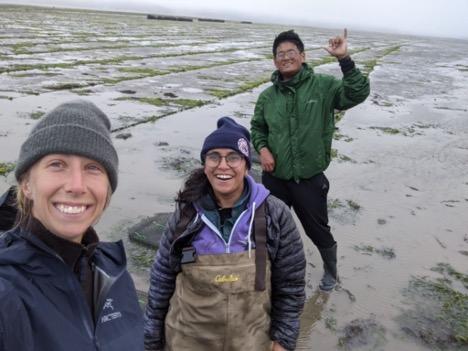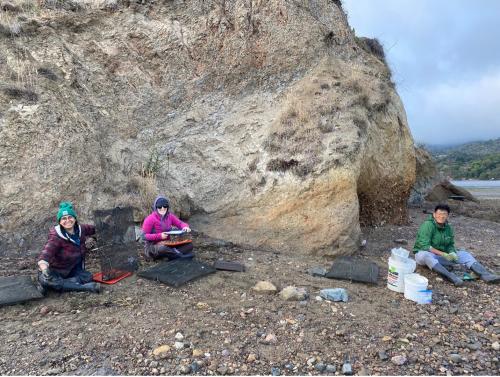
My summer 2021 experience working out in the field
This guest blog highlights the experience of a Santa Rosa Junior College - Bodega Marine Laboratory Internship Program participant. The SRJC-BML Internship program is committed to creating an inclusive space for the development of new scientists and leaders and to provide interns with experience conducting research essential to developing careers in the sciences.
Learn more, apply, or donate on the program website.
I applied for this internship program thanks to the encouragement of professor Shawn Brumbaugh. Some things I was looking forward to when applying for this internship were getting to work in the field and get a deeper understanding of how research works outside of the classroom setting; I wanted to see how marine scientists operate and contribute to their fields.
For my 2021 BML internship, I helped my mentor Priya Shukla with her research project on the Pacific oyster, Crassostrea gigas. The purpose of Priya’s study is to explore whether or not thermal conditioning of juvenile C.gigas in nurseries can reduce their mortality in thermally stressful environments once out-planted. For my internship, I helped Priya tag the oyster bags with zip ties, put the oysters out in the field, set up temperature sensors, and conduct mortality surveys. Outside of working in the field I also learned how to use Image J to measure the lengths of oysters using photos and a ruler for scale.
During my internship, I got plenty of experience doing fieldwork and got a close look at the research being conducted at the graduate student level. Being out in the field was one of my highlights for the internship. I got the opportunity to work in the low intertidal zone and saw different marine species, some of which include crabs, jellyfishes, and sea anemones. One obstacle working out in the field was walking in the mud. On my second day out on the field while walking on mud my boot sank too deep and while trying to pull it out I accidentally took off my boot and stumbled into the water. The rest of the day I worked with wet socks. After doing it for a couple of days I got used to the squishy/ sinking feeling of the mud and being wet. One of the biggest learning opportunities working in the field was seeing just how difficult it can be to make sure everything is going smoothly. During our first survey of oyster mortality in one of our sites, we noticed that a large number of oysters had gotten out of their bags. This was despite us double-checking to make sure that none of the bags had any tears in them and that they were closed tightly. Priya quickly had to accept and adapt to the unfortunate situation. Seeing just how difficult it can be for everything to go as planned in field experiments made me more appreciative of the work done by researchers.
One valuable skill I learned during my internship was the use of ImageJ. ImageJ is an app that can measure the lengths of different objects in a picture using a reference measurement. For my internship, I used a standard ruler to set the scale which was used to measure the lengths of different oysters grown in the lab. Image J is a very helpful tool not just for research but also for real-world situations. When I was moving to my new place I needed to measure the length of my room to order a desk online. Since I did not have any measuring tape I used image J to make the measurement using my phone as a reference. My time as a BML intern has provided me with lots of wonderful experiences working out in the field and learning new skills. I would recommend this internship to anyone looking to expand their view on the field of Biology.


